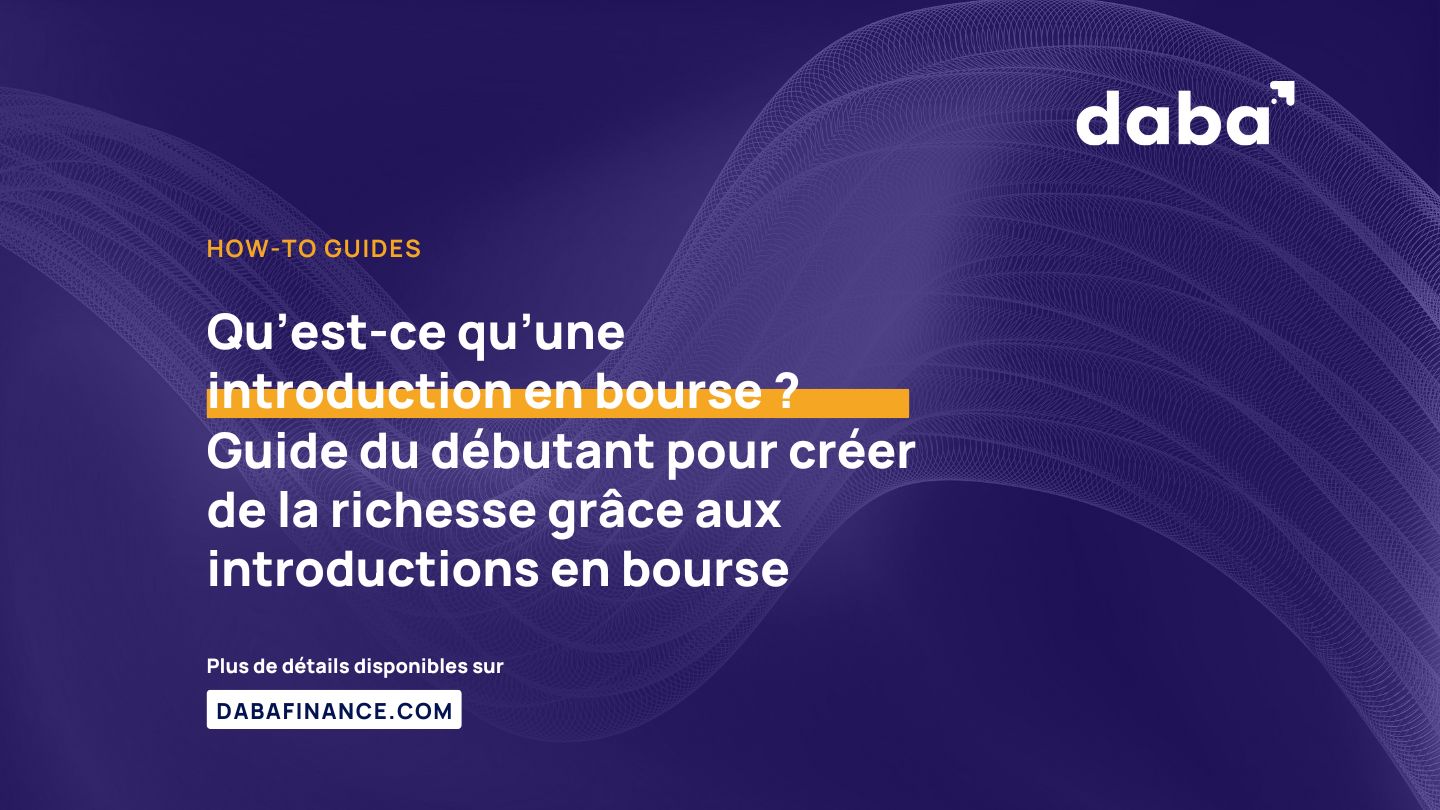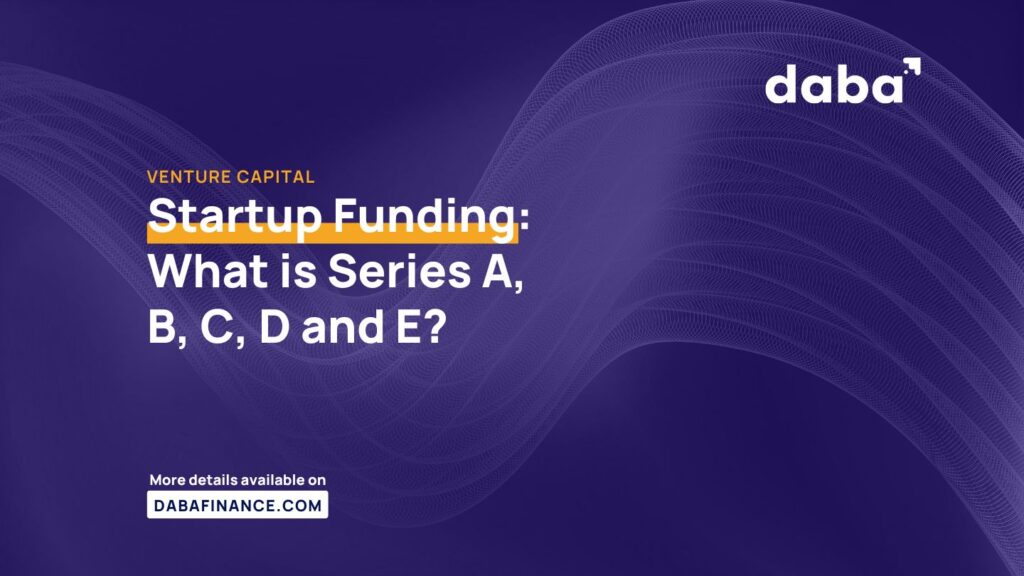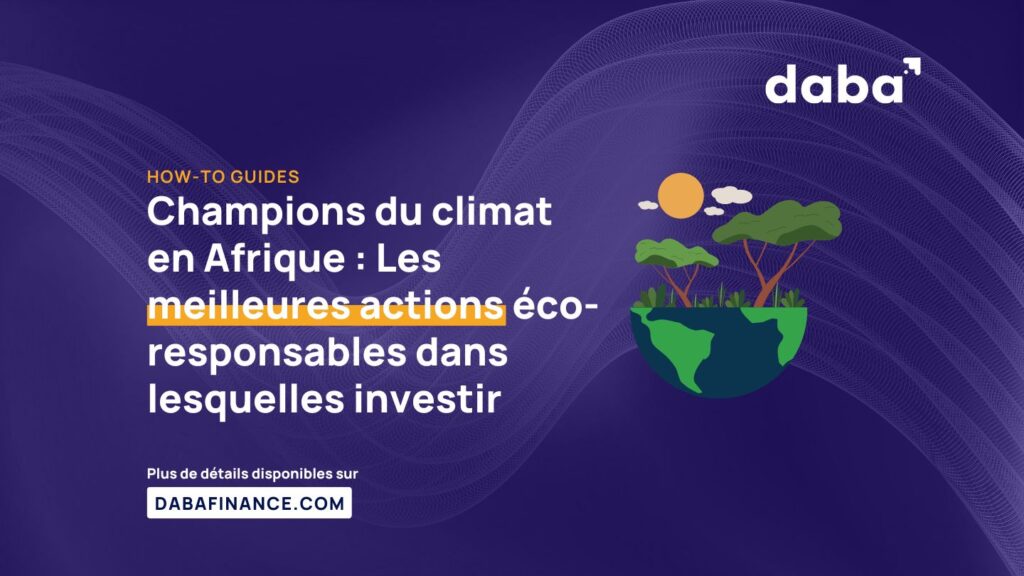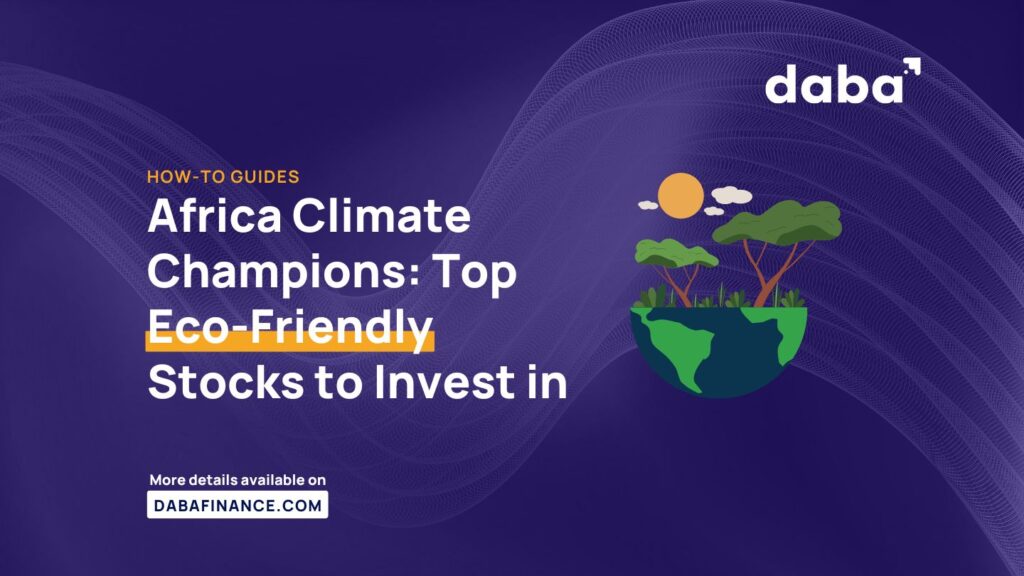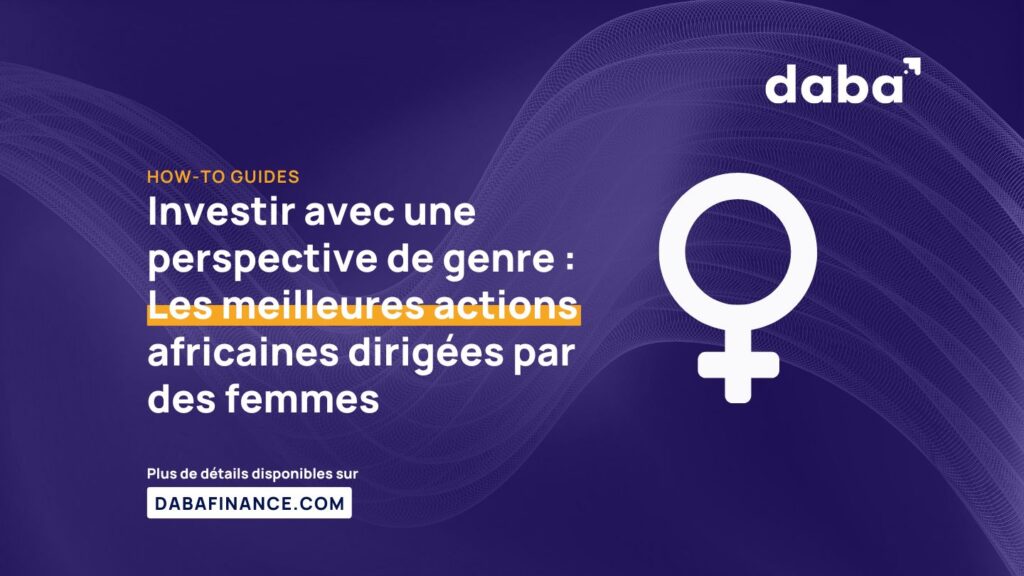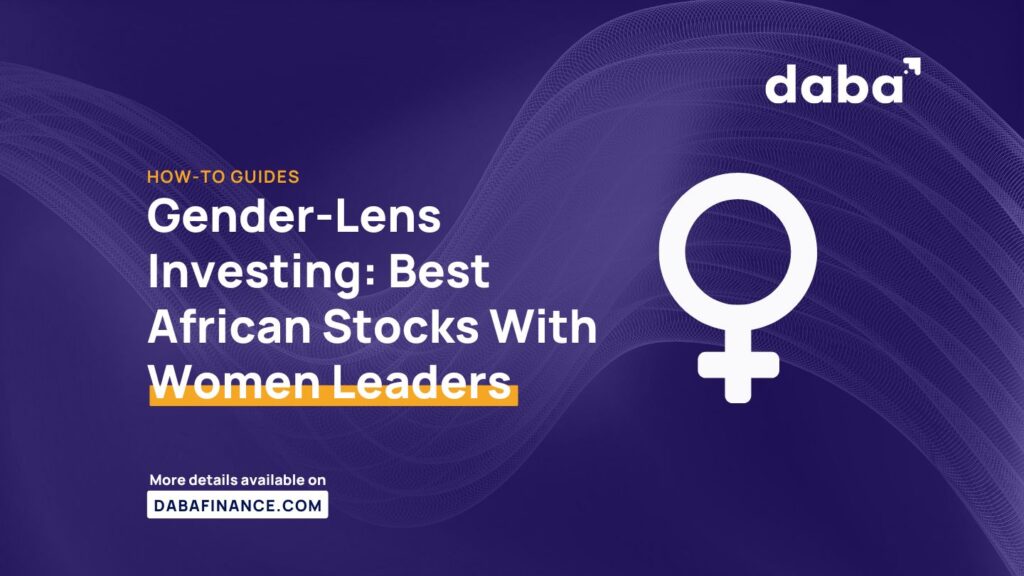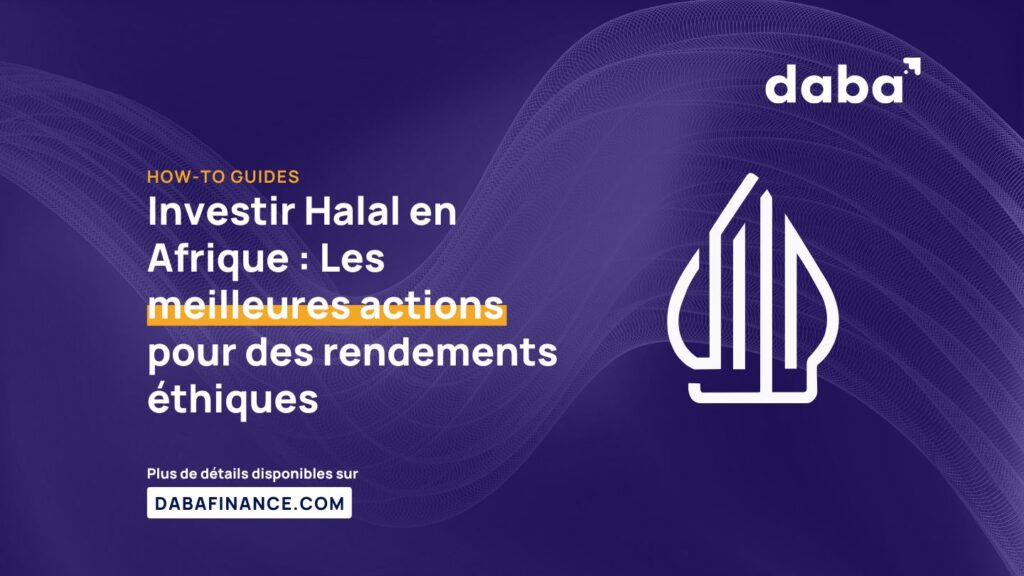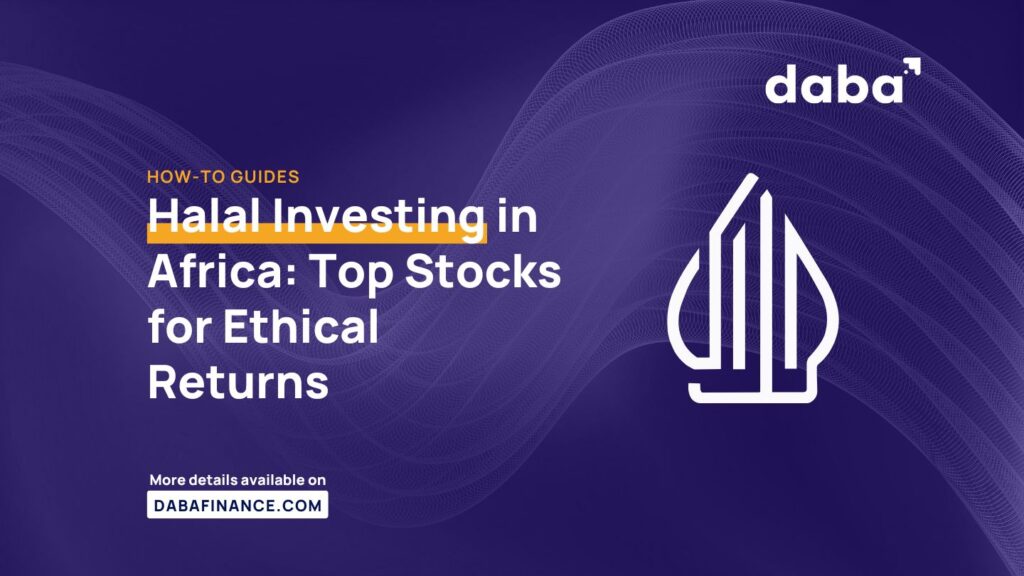Investing in an Initial Public Offering (IPO) offers retail investors the chance to get in on the ground floor of a company’s public journey.
For many, IPOs represent an opportunity to buy shares at a lower price before they hit the open market, potentially leading to significant returns as the company grows.
However, understanding how IPOs work and evaluating the risks and rewards are crucial steps before diving in.
Here’s everything you need to know about investing in an IPO.
What Does IPO Mean?
An Initial Public Offering (IPO) occurs when a private company decides to go public by offering shares to the general public for the first time. This process allows a company to raise capital from public investors and provides individuals with the opportunity to buy shares in a company before they are traded on the stock exchange.
IPOs represent a significant milestone for companies, often leading to more capital for expansion, increased visibility, and market credibility. For retail investors, IPOs provide an opportunity to be part of a company’s growth from the outset, potentially reaping substantial rewards as the company grows.
Also Read: Benin’s National Lottery Company to List on BRVM in Historic IPO
How an IPO Works
In an IPO, a company collaborates with investment banks to set an initial price for its shares. These shares are offered to institutional and retail investors in what’s called the “primary market.” After this initial sale, the shares begin trading on the stock exchange, where they can be bought and sold in the “secondary market.”
IPOs are generally oversubscribed, meaning that there is more demand for the shares than what is available. This typically causes the price of the stock to rise once it starts trading on the stock market, making IPO investments particularly attractive to early buyers.
The Purpose of an IPO
The primary objective of an IPO is to raise capital. Companies use the funds generated through IPOs to expand operations, invest in new projects, pay off debt, or enhance their market position.
An IPO also provides liquidity to the company’s existing shareholders and founders, allowing them to cash in on their investment.
Moreover, going public increases the company’s transparency and can boost its public profile, making it more appealing to customers, employees, and investors.
Investing in an IPO
Participating in an IPO offers retail investors the chance to buy shares at the initial offering price, which is usually lower than the price after trading begins.
However, it’s essential to note that while IPOs can offer high returns, they also carry risks.
Not every IPO leads to immediate or long-term profits, and some companies may struggle after going public.
Who Can Invest in IPOs?
Traditionally, institutional investors, such as mutual funds and hedge funds, have had first dibs on IPO shares. However, retail investors can also participate, especially with platforms like Daba that make investing in African IPOs more accessible.
With Daba, retail investors can participate in IPOs alongside institutional investors, giving them a chance to invest in the next big growth company from the outset.
Also Read: Ethiopia to Raise $255M in First IPO to Launch Stock Exchange
How to Buy an IPO
If you’re interested in buying an IPO, you can do so through platforms like Daba, which is tailored to African markets. Here’s how you can invest in an IPO using Daba:
- Sign up on our platform and verify your account.
- Browse available IPOs, such as the recent Orange Côte d’Ivoire and LNB IPOs.
- Place your order, specifying the number of shares you wish to buy.
- Allocate funds, ensuring you have sufficient capital in your account.
- Once the IPO is live, shares are allotted, and if you’re successful, they will appear in your account.
How Is an IPO Priced?
The pricing of an IPO is determined through a process called “book building.” Investment banks work with the company to gauge market demand and set a price range. For example, if a company decides to sell shares for $10 each, and there is substantial demand, the price may be set at the higher end of the range.
In the case of Orange Côte d’Ivoire, shares were initially offered at 10,290 FCFA in January 2023, and as of now, they are trading at 15,300 FCFA. This significant price rise demonstrates the potential of investing in an IPO at the initial offering price, as retail investors could have benefited from the 48% increase in share value.
For investors in the U.S. market, similar IPOs are priced in dollars, often ranging from $10 to $100 per share, depending on the size and financial health of the company.
Is an IPO a Good Investment?
IPOs can be lucrative, but they aren’t guaranteed winners. Some IPOs surge after they hit the market, while others may underperform. Therefore, it’s essential to evaluate each IPO individually. Factors to consider include:
- Company Fundamentals: Does the company have a strong business model and consistent revenue growth?
- Industry Position: Is the company a leader in its sector, or does it have a competitive edge?
- Market Sentiment: Are investors generally optimistic about the company’s future?
In the case of Orange Côte d’Ivoire, the IPO offered retail investors a unique opportunity to invest in a leading telecommunications company in West Africa.
The government of Côte d’Ivoire aimed to promote popular shareholding and help develop the BRVM stock market by making shares accessible to the general public.
Six months after the IPO, investors who bought shares at the debut price had realized a 13% return on their investment.
You can follow Daba’s reporting on Africa on WhatsApp. Sign up here
Do Your Homework Before You Invest
While the allure of getting in early on a promising company is exciting, it’s crucial to do thorough research. Study the company’s financial health, management team, industry position, and broader economic conditions.
Use platforms like Daba, which provide access to essential research and insights, to make informed decisions. Daba offers news and research on stocks to buy, ensuring investors have the necessary information to assess whether an IPO aligns with their investment goals.
Getting it Right
Investing in an IPO can be a great way to tap into a company’s growth from the start. With platforms like Daba, retail investors have unprecedented access to IPOs across African markets, enabling them to participate in opportunities previously reserved for institutional investors.
While IPOs can offer substantial returns—as demonstrated by the Orange Côte d’Ivoire case study—it’s essential to conduct thorough research and consider the risks before investing.
